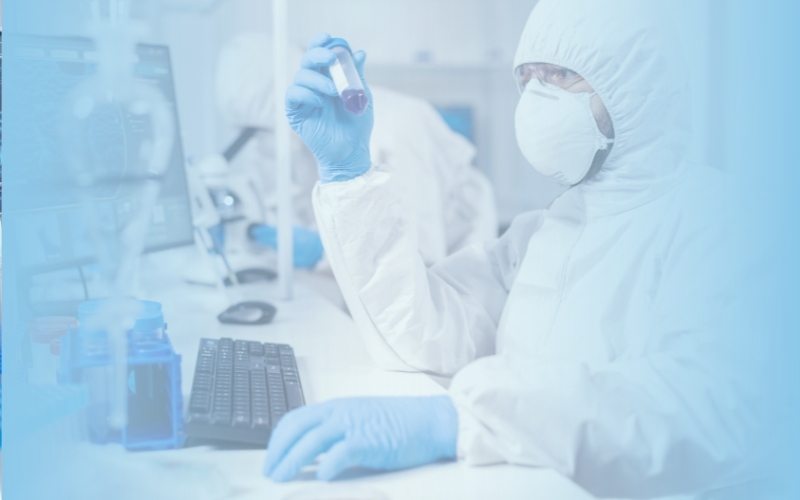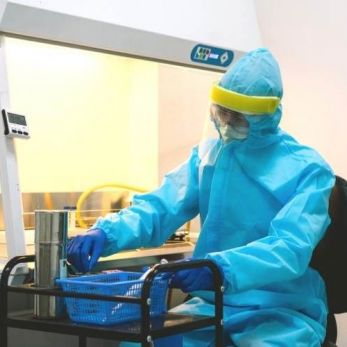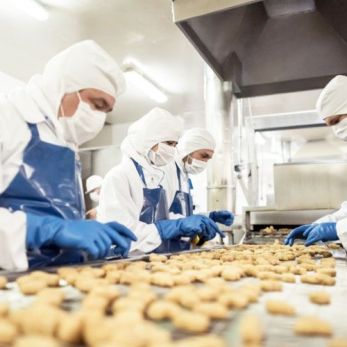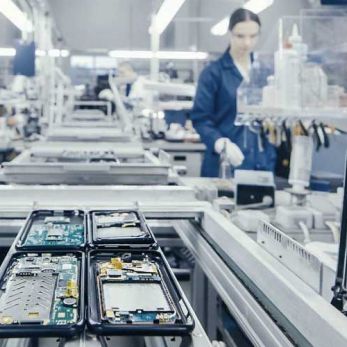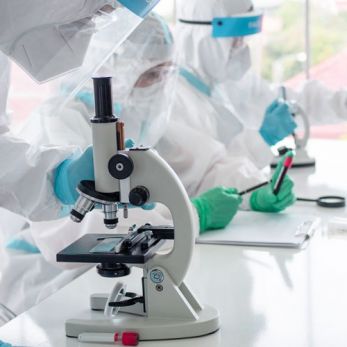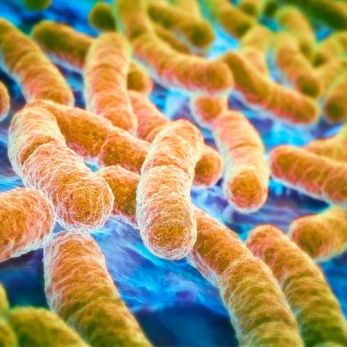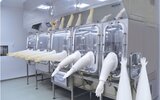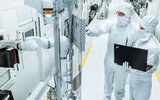Biological Cleanroom: Definition, Design, Application
Biotechnology is now evolving as an industry and is vitally crucial to our hanging world. Biotechnology is also an industry where the control of operational processes is very important. Accurate regulation of the concentration of airborne particles,
Biological sciences and biotechnology are now evolving as an industry and are vitally crucial to our hanging world. Biotechnology is also an industry where the control of operational processes is very important. Accurate regulation of the concentration of airborne particles, temperature, humidity, and pressure in biotechnological working environments are important. Therefore, the application of biological cleanroom is indispensable.
In this article, VCR will provide the basics of the biological cleanroom.
1. What is biological cleanroom?
Biotechnology applies the principles of biology to improve lives through the use of plants, animals, and the natural world to enhance food sources, the environment, and human health.
A biological cleanroom is a type of cleanroom designed with strict cleanliness standards to ensure complete controlled environment for biotechnology research.
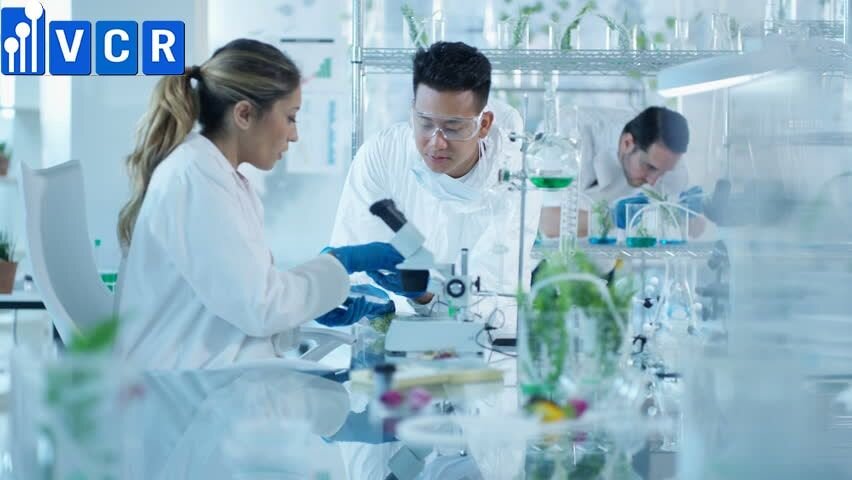
Biological cleanrooms typically must meet stringent cleanliness levels while complying with industry-specific regulations for product quality and process.
2. The importance of cleanroom in biotechnology industry
Biological cleanrooms are in high demand as businesses strive to achieve Good Manufacturing Practices (GMP) and Good Laboratory Practices (GLP). Biological cleanrooms play an important role in biotechnology research, ensuring that scientific data are reliable and are not biased by contamination. Additionally, in biotech facilities, these cleanrooms help ensure product quality.
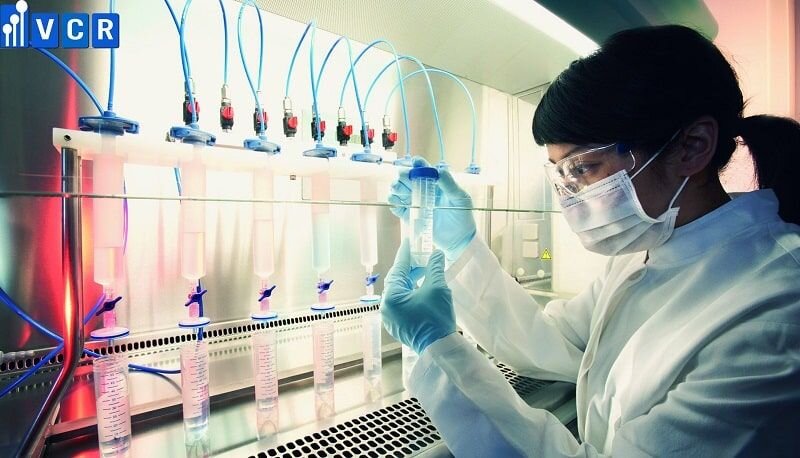
Likewise, Cleanrooms for animal facilities are designed in 4 biological levels from Biological Level 1 (potentially not pathogenic to humans) to Biological Level 4 (potentially likely to cause serious illness in humans). and there is a risk of environmental pollution).
Materials developed or processed for therapeutic use in animals or humans in a biological facility often require extensive laboratory design, and must comply with exacting standards set by regulatory agencies. This is also where the biological cleanrooms come into play. Cleanrooms provide a safe environment with controlled air filtration, minimizing the possibility of product or particulate contamination of critical manufacturing processes. Classified environments protect research processes from contamination by harmful airborne particles, maximizing performance by protecting sensitive equipment from harsh surroundings
3. Biological cleanroom standard
Because of the high level of sophistication required, strict standards must be put in place to maintain the cleanest environment from which to conduct trials, develop new treatments, or discover new compounds.
Most biological cleanrooms must comply with the cleanroom classifications of ISO 14644-1 at Class 5. ISO Class 5 is considered an extremely stringent classification standard. Many of the other cleanrooms fall under ISO Class 7 or 8, requiring moderate control over particle number and size. The degree of air change must take place frequently to clean with particulate matter and to adjust for other environmental factors such as temperature and humidity.
Meanwhile, ISO Class 5 has to do all of the above to a higher degree. They only allow a maximum of 3,520 particles 5 µm or larger, and requiring multiple air changes per hour, laminar flows need to operate at air velocities of 40-80 feet/min.
4. Biological cleanroom design
To achieve the high degree of control required in biological cleanrooms. The cleanroom design should be truly flawless and equipped with everything the application will need to do its job without interruption or risk of contamination.
Structural for biological cleanroom
Biological cleanrooms require the type of cleanroom that can achieve the highest degree of control, so the Hard Wall cleanroom type is the best fit. Hard wall cleanrooms can achieve all ISO cleanroom classifications - and can even fit Class 1 needs.
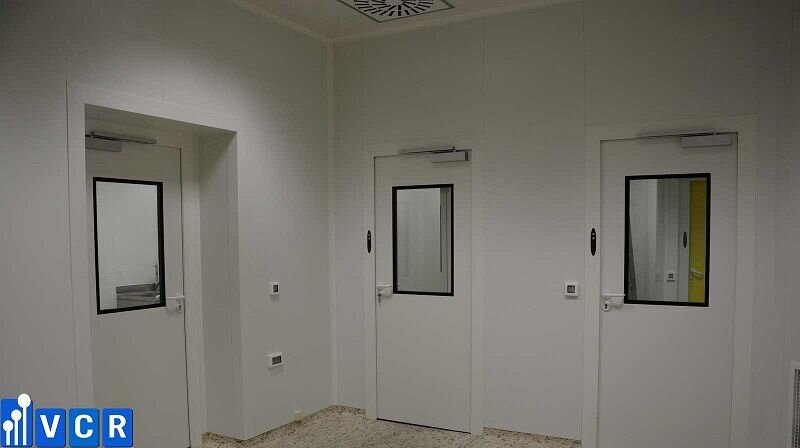
The wall panels, floor and ceiling grids need to be seamless to prevent particles from settling on the surface. All cleanroom components are made of non-corrosive and non-granular materials that can withstand thorough cleaning to keep them free of contamination.
System design in biological clean room
Systems in the biotech cleanroom support its day-to-day functions. They are responsible for keeping the environment clean, controlled and consistent, and for ensuring that the facility is always at the level of cleanliness it was designed for. And that's why we need to care about clean room filtration, clean room HVAC and clean room pressurization.
Clean room filter:
Filtration creates a high level of air quality control using the HEPA Filter, with a 99.99% efficiency against 0.3-micron particles.
HVAC:
Biotech cleanrooms need a robust cleanroom HVAC system to provide controlled air, temperature and humidity.
Clean room pressurization:
Some biological cleanrooms may require pressurization to isolate hazardous substances or fumes or to protect sensitive work processes. Positive pressure and negative pressure cleanrooms are not only applied in biotechnology but also in many different industries, from medical research clean rooms to equipment and product manufacturing clean rooms.
5. Application of biotechnological clean room
Biotechnology reaches across many fields and industries, but has particularly important applications in the health, agricultural and environmental sectors.
Medical Biotechnology
Many medical cleanrooms can also be biological cleanrooms, as the two areas often intersect. Medical applications for biotechnology include forensics and diagnosis, vaccination, production and testing of medical therapies. Cleanrooms are used to perform important research such as cancer and the development of therapies, gene therapies, stem cell research and many other important applications in healthcare, all of which require Strict control of biotech cleanrooms is required to reduce the risk of contamination for research purposes and patient safety.
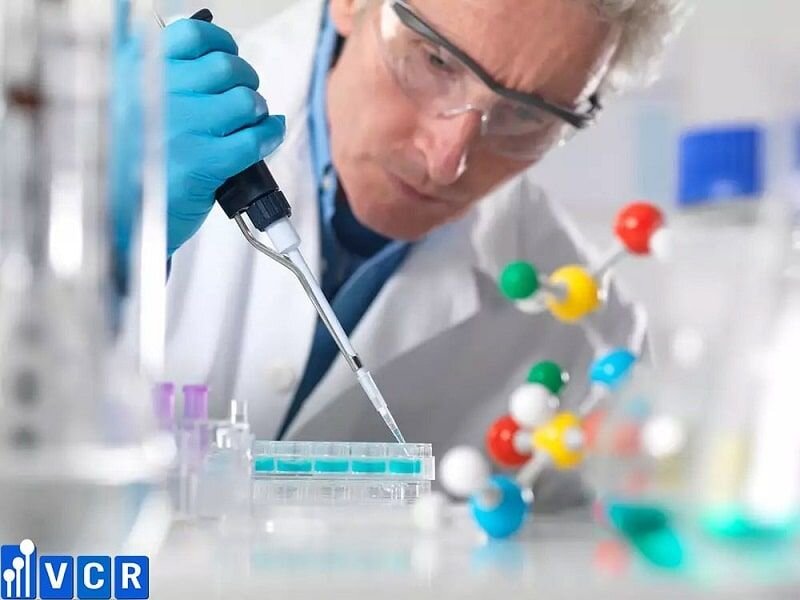
Agricultural biotechnology
The study of biological processes, particularly in relation to food and food products, is another major application of biotechnology. Agricultural applications of biotechnology are also widespread. They also include the development and testing of non-food agricultural products, such as biodegradable materials, biofuels, vegetable oils, etc.
Environmental biotechnology
Biotechnology is an important field for studying our living environment and how human actions affect its quality. Biotech cleanrooms are used to study biological samples, test products for environmental safety, and conduct environmental monitoring and cleaning.
Vietnam Cleanroom Equipment (VCR) specializes in providing cleanroom equipment for construction contractors. We provide high-quality products with competitive prices and large quantities nationwide. The equipment includes:
Differential pressure gauge, FFU Fan Filter Unit, Pass box, Clean room air filter, HEPA box, Clean booth, cleanroom steel door, Isolator cabinet, and other equipment
For details, please refer to Vietnam cleanroom equipment official website






